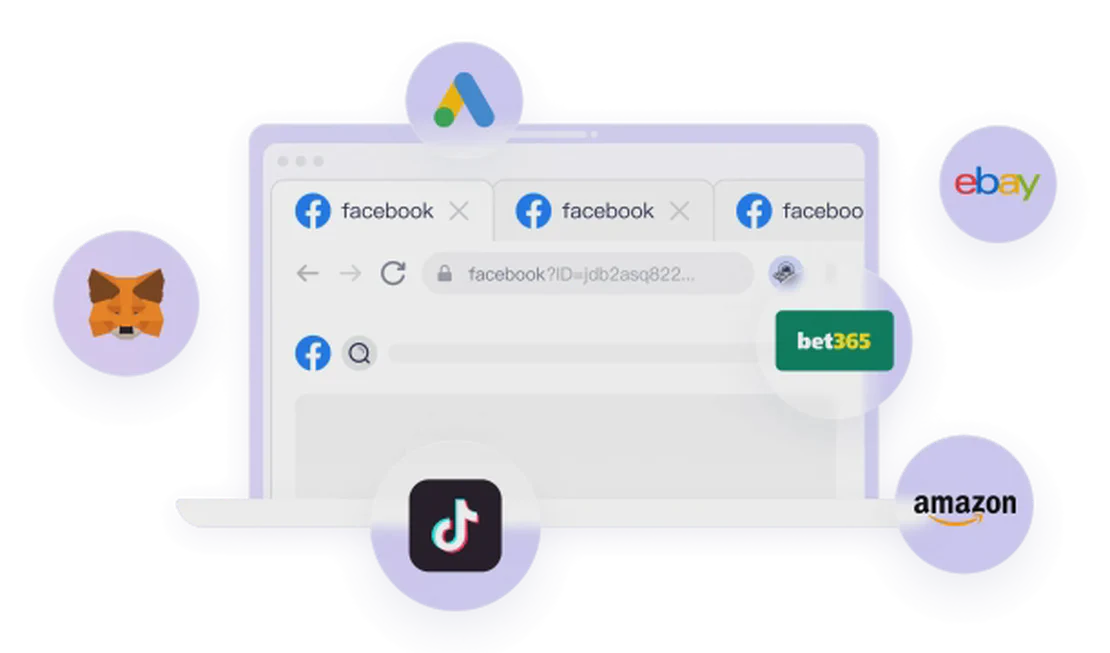10 Questions and Answers about the User Agent
Whenever you visit a website, your browser sends a string of text called a “User Agent.” This guide will help you understand what it is and why it’s important through 10 Q&As.
1. What is a User Agent (UA)?
A User Agent (UA) is a text string that your browser sends to the web server of every website you visit. It acts like a digital “business card,” telling the website what browser, operating system, and device you are using to access it.
2. What information does a User Agent string typically contain?
A typical UA string contains the following information:
- Browser name and version (e.g., Chrome/108.0)
- Operating system name and version (e.g., Windows NT 10.0; Win64; x64)
- Rendering engine (e.g., Gecko, WebKit)
- Device information (e.g., Mobile, Tablet)
3. Why do browsers need to send a User Agent?
The primary purpose of the UA is to allow the server to deliver the most suitable content for different devices and browsers. For example, a website can determine if you are a mobile or desktop user based on the UA and display the mobile or desktop version of the page accordingly.
4. How do websites use my User Agent?
Websites primarily use the UA for:
- Content Adaptation: Serving optimized views for mobile devices.
- Feature Compatibility: Providing or disabling certain features for specific browser versions.
- Data Analytics: Allowing site owners to gather statistics on the browsers and systems their visitors use.
- Access Restriction: Blocking or redirecting outdated or unsupported browsers.
5. Is my User Agent unique? Can it be used to track me?
A UA string alone is usually not unique, as thousands of people might use the exact same browser and OS version as you. However, it is a key part of a browser fingerprint. When the UA is combined with other information (like IP address, screen resolution, fonts, etc.), it can help create a highly unique identifier used to track users across websites.
6. How can I check my own User Agent?
You can easily check your current User Agent string using online tools like BrowserScan.net. This information is also available in the developer tools of most browsers.
7. Can I change my User Agent?
Yes, you can change it temporarily using browser extensions (often called “User-Agent Switchers”) or within your browser’s developer tools.
8. Why would I want to change my User Agent?
There are several common reasons to change your UA:
- Web Development: Developers need to test how a site appears on different browsers and devices.
- Accessing Restricted Content: To bypass websites that only allow access from specific browsers (e.g., “Best viewed in Chrome”).
- Privacy: To reduce the uniqueness of your browser fingerprint by masquerading as a very common UA.
9. Are there any risks to changing my User Agent?
The main risk is that some websites may malfunction or display incorrectly because they received the wrong browser information. Furthermore, an uncommon or contradictory UA (e.g., claiming to be Edge on macOS) can actually make your fingerprint more unique and easier to identify.
10. Why do some UA strings look so complicated and contain names of other browsers?
This is a historical legacy. In the early days of the web, sites would check for “Mozilla” (Netscape’s code name) in the UA to serve advanced features. To get these features, other browsers (like IE and Chrome) started including “Mozilla” in their own UA strings. This tradition of “spoofing” for compatibility has continued, leading to the complexity of modern UA strings.
Changing Your UA is Just the First Step: A Full-Scope Approach to Digital Identity
While changing your User Agent can partially obscure your real browser information, it is just one small piece of the browser fingerprint puzzle. Modern websites collect dozens of parameters to identify you, including Canvas fingerprint, fonts, audio context, WebGL, and more. Modifying the UA alone is not enough for true anonymity or multi-account management.
To counter this comprehensive environment detection, you need a more professional tool.
FlashID is a leading fingerprint browser that does far more than just change your UA. FlashID creates a completely separate and authentic browser environment for each of your online identities. It intelligently manages all fingerprinting parameters—including the User Agent—to make each profile appear as a unique physical device. This prevents platforms from linking your multiple accounts, thus protecting them and making FlashID an essential tool for cross-border e-commerce, social media marketing, and personal privacy protection.
You May Also Like
